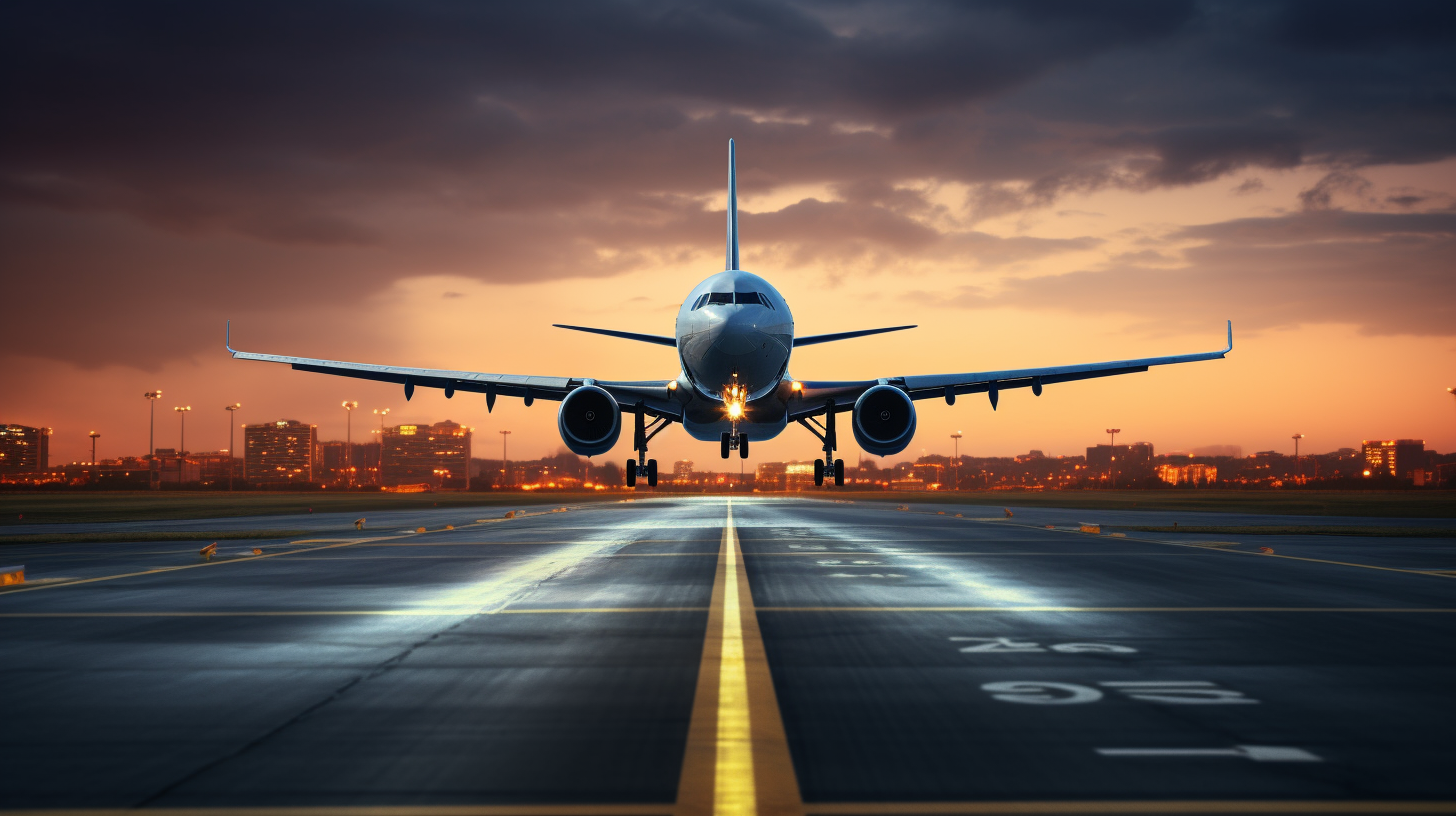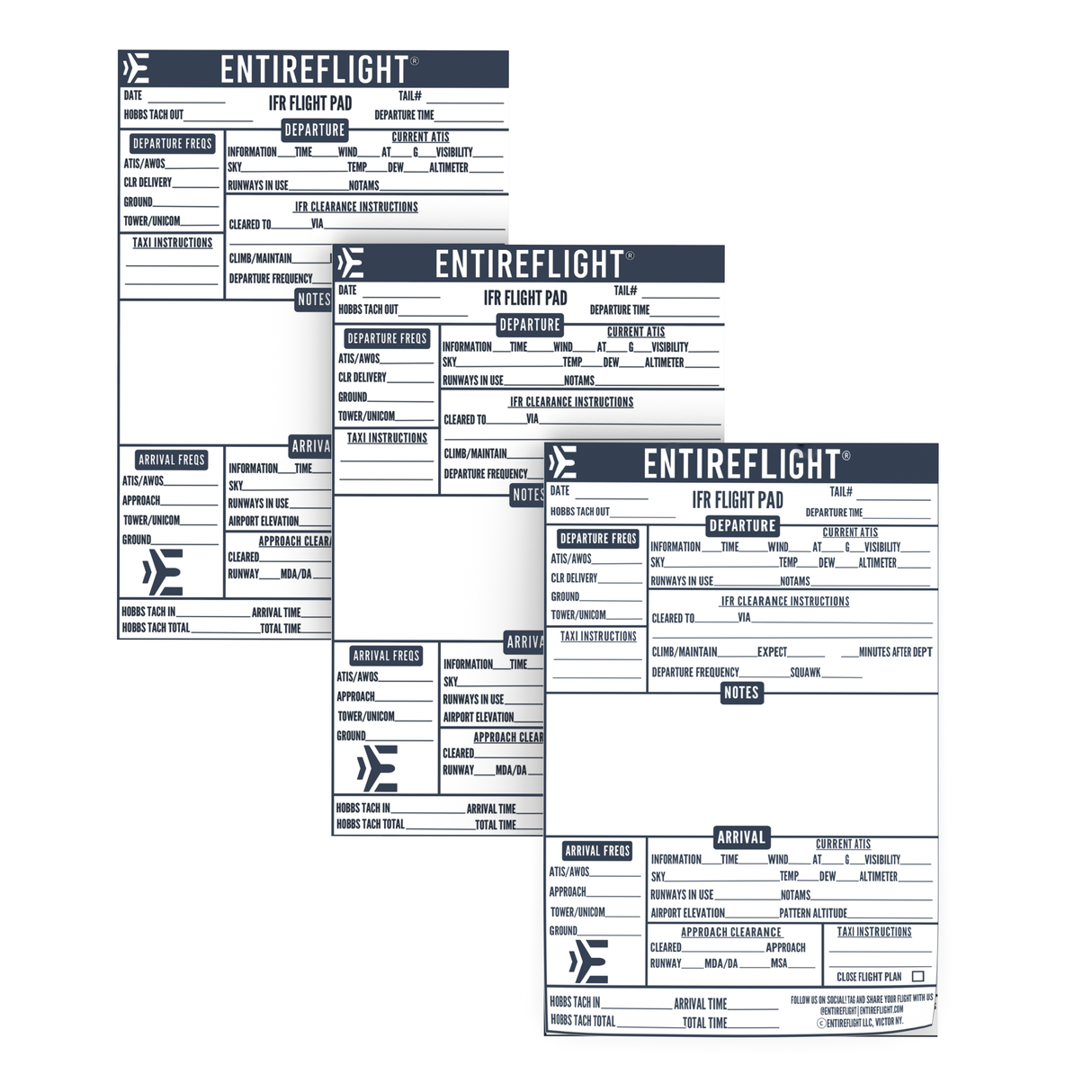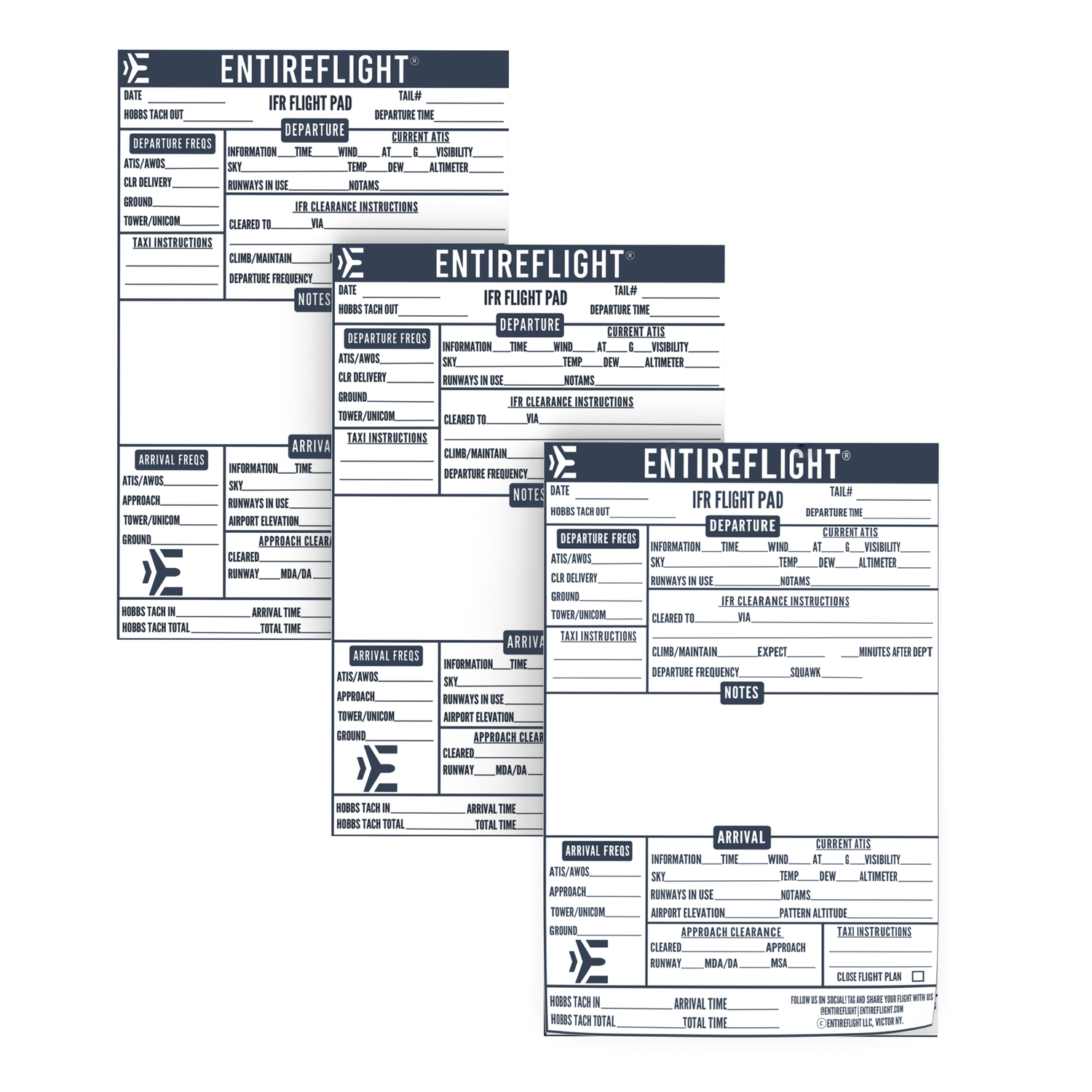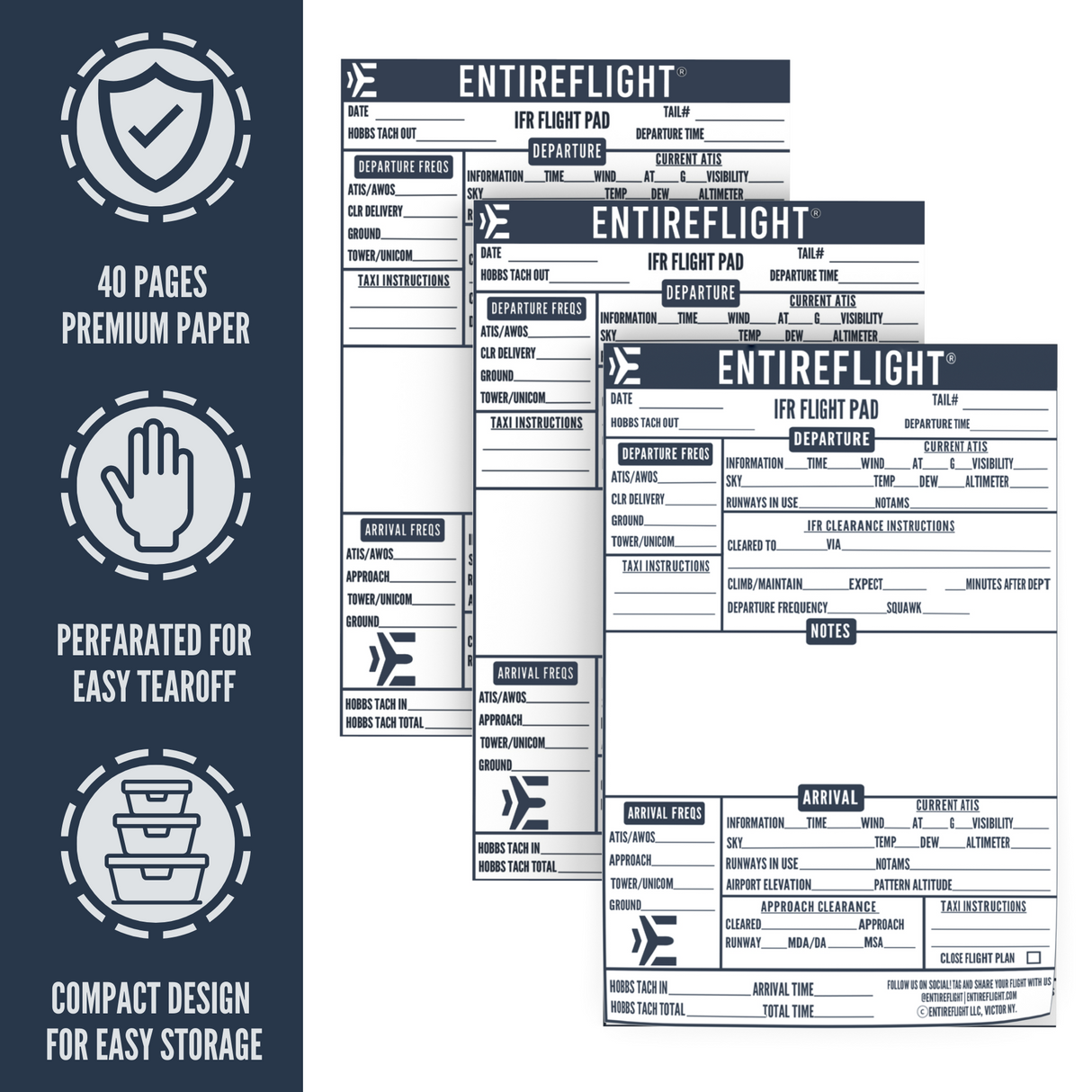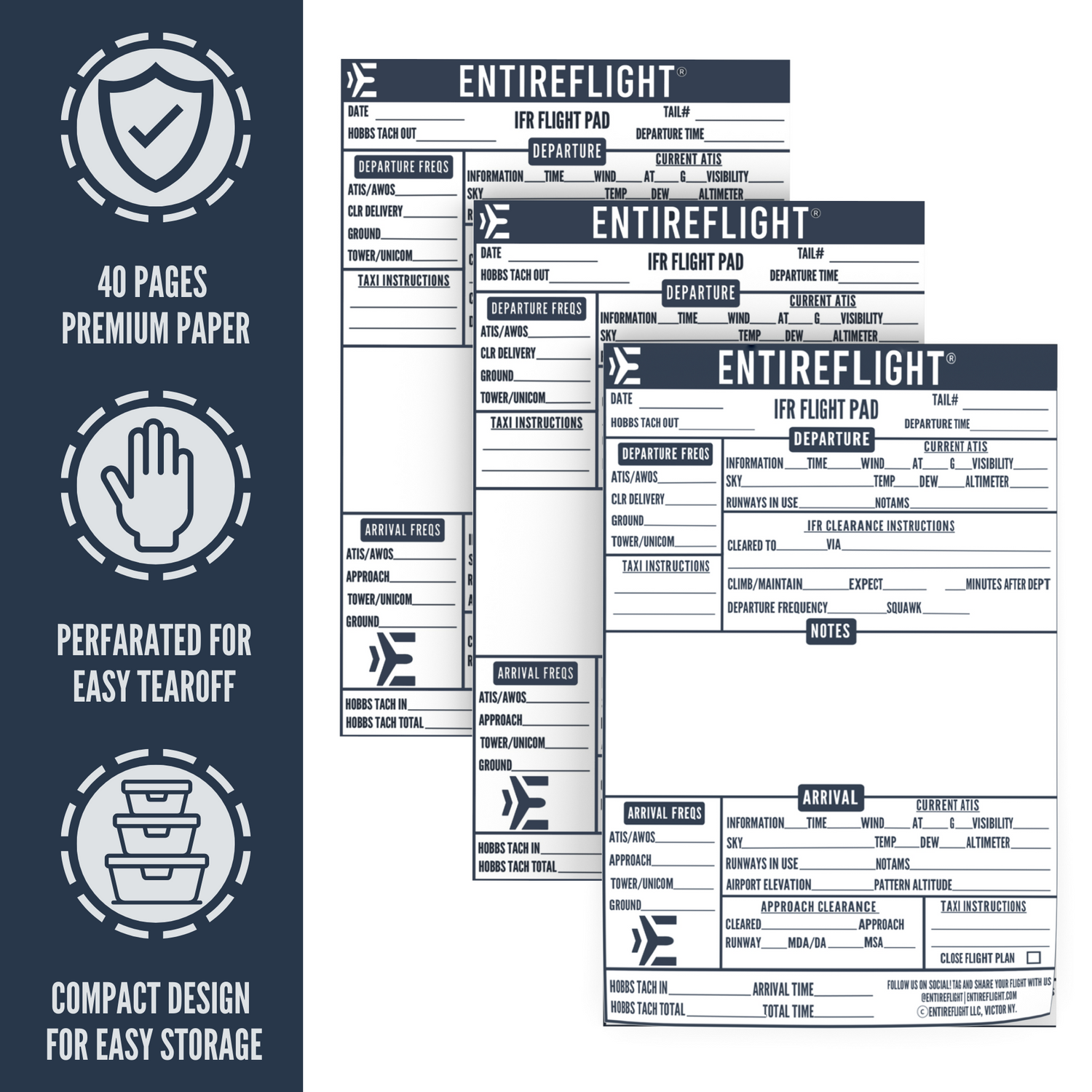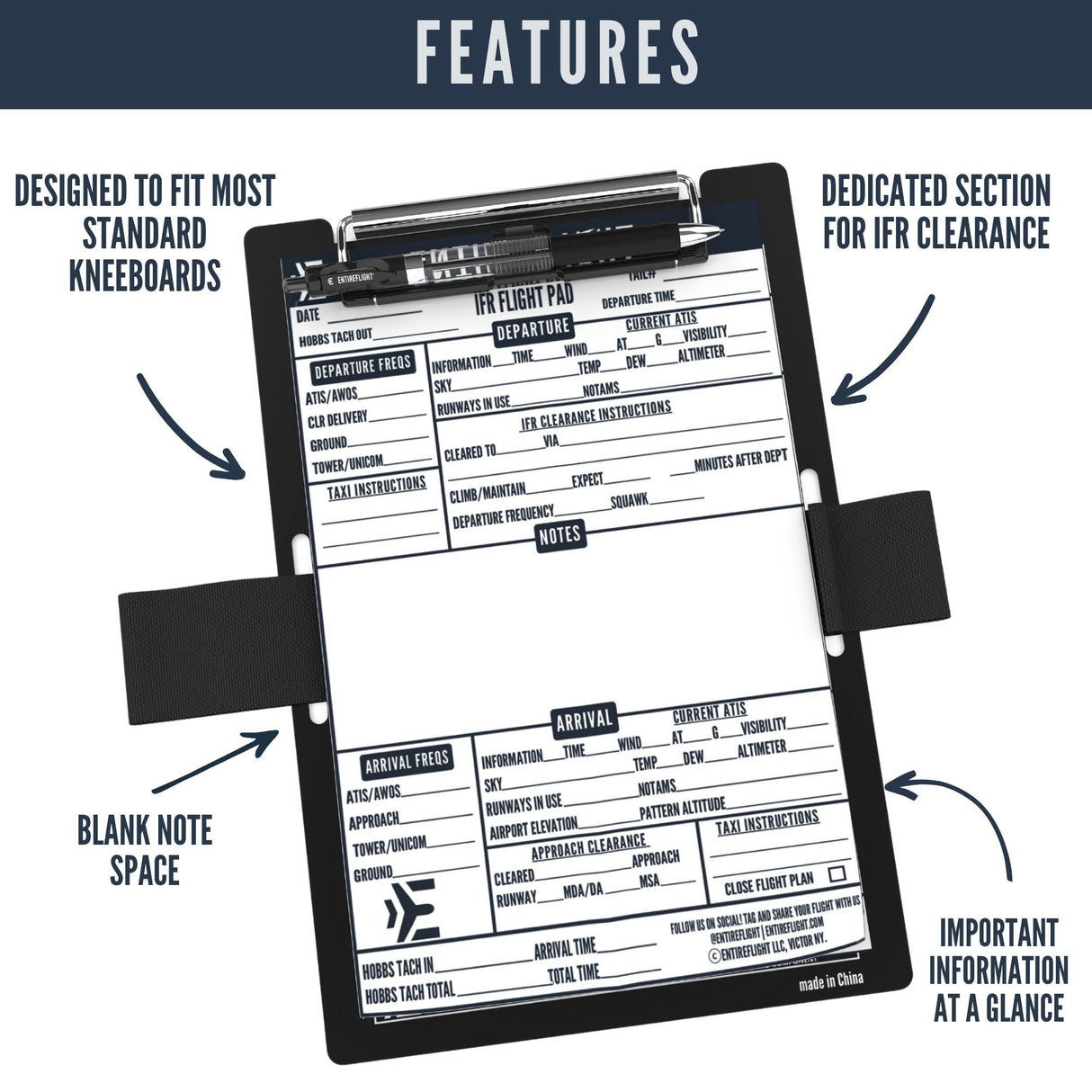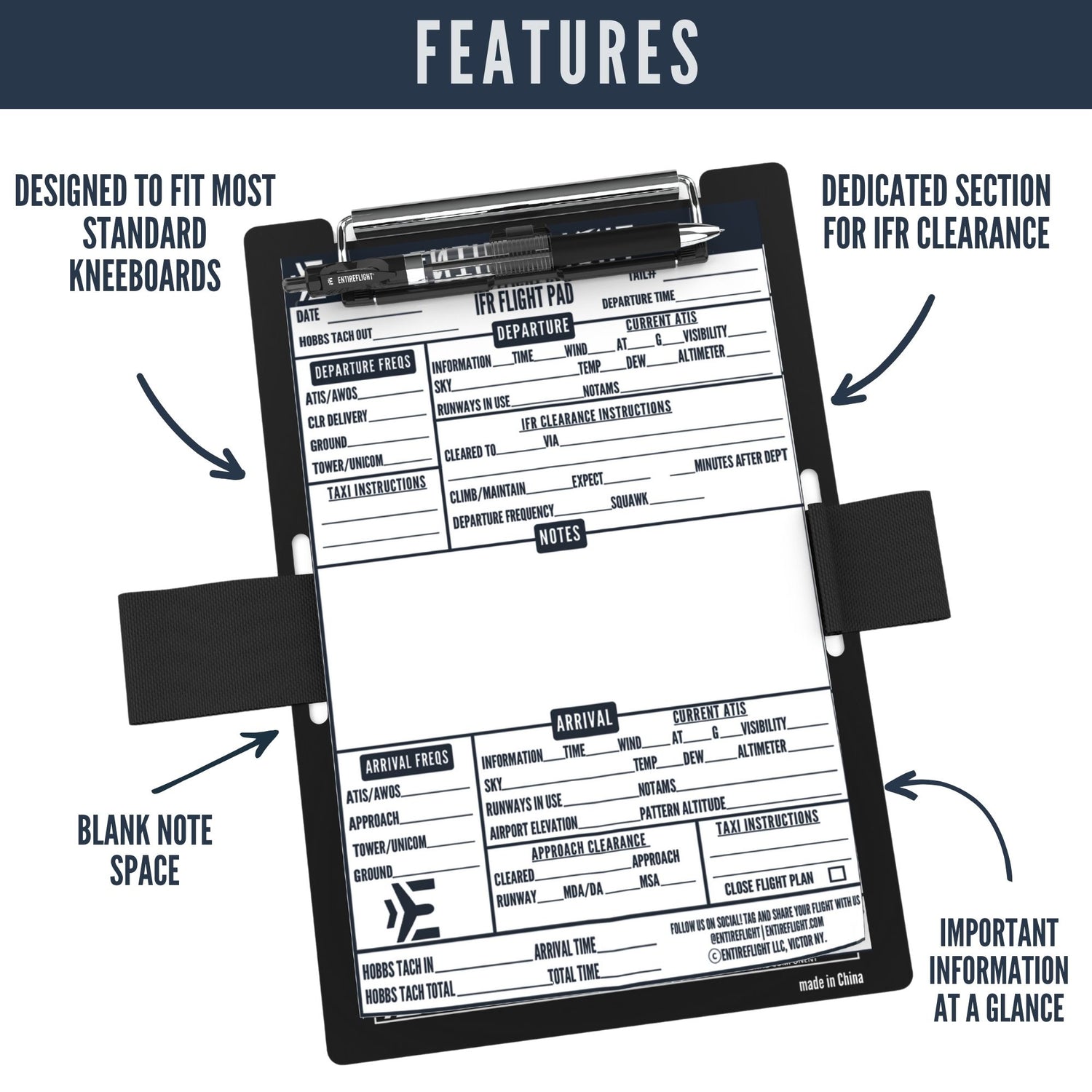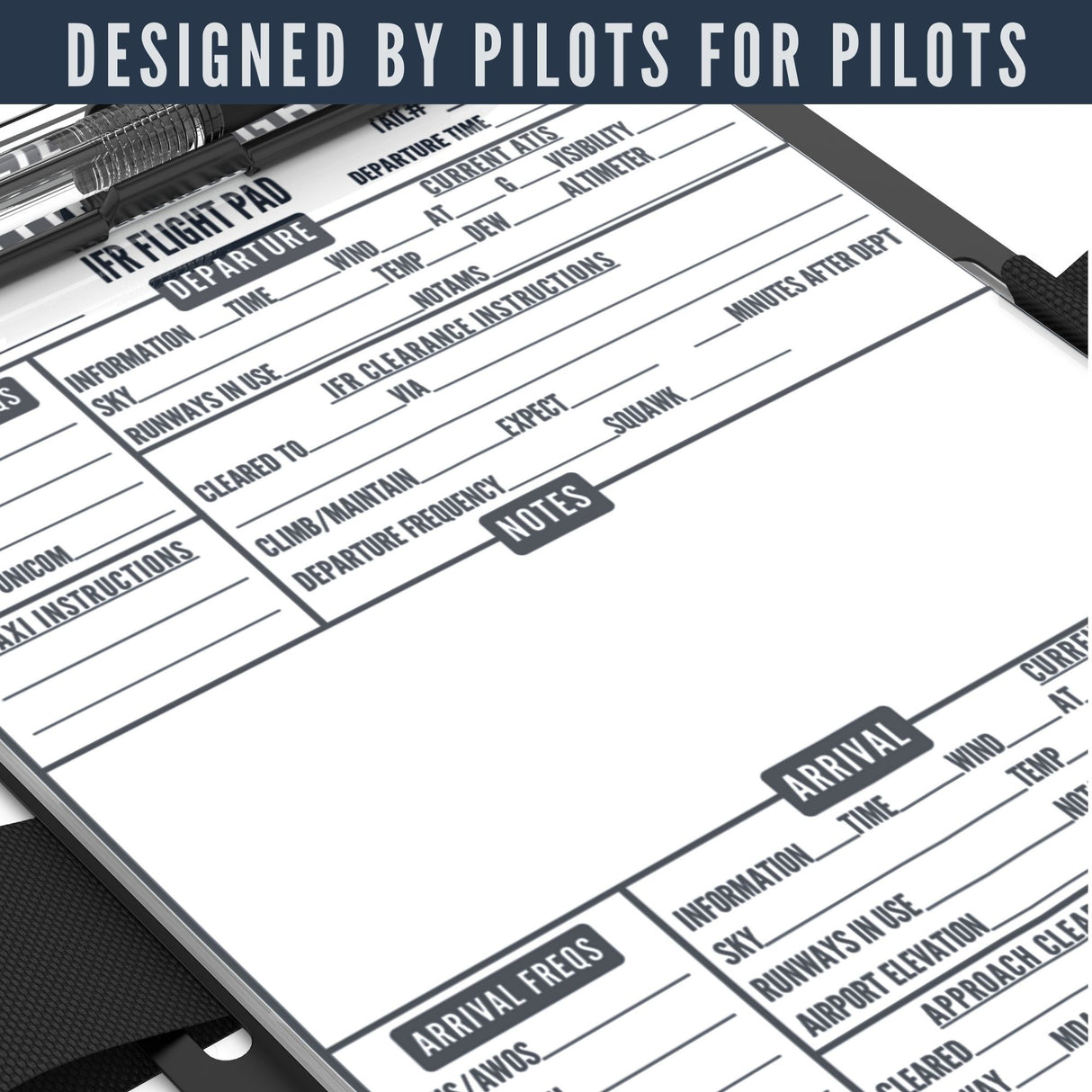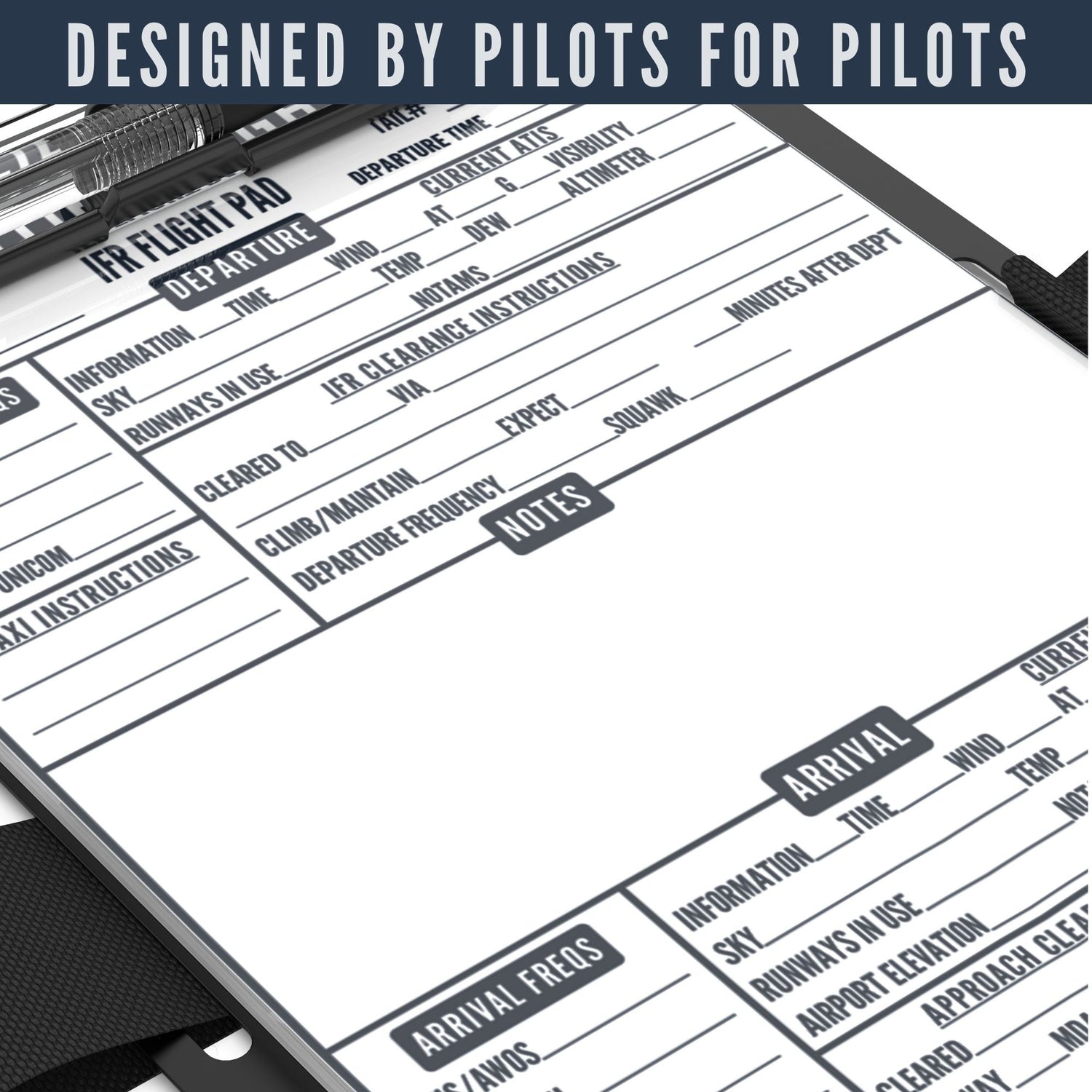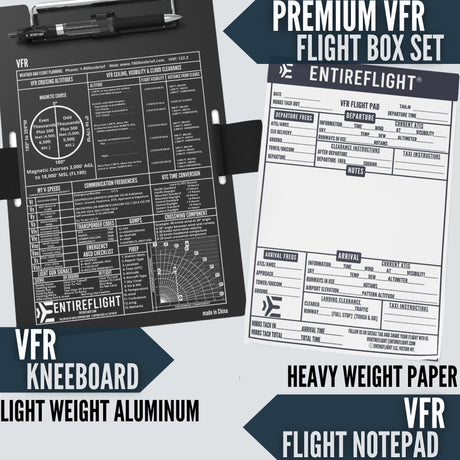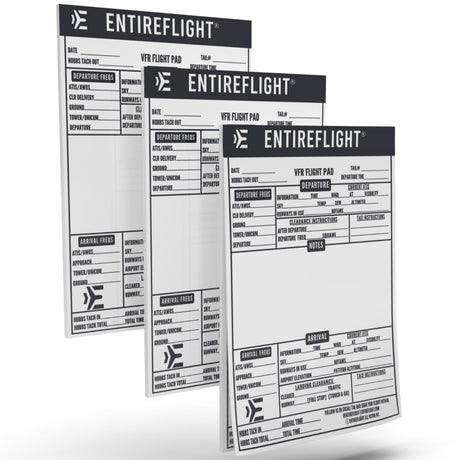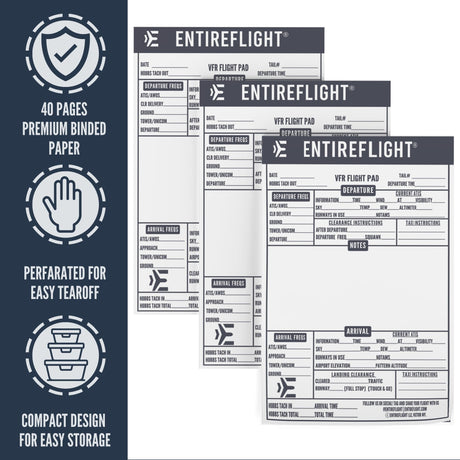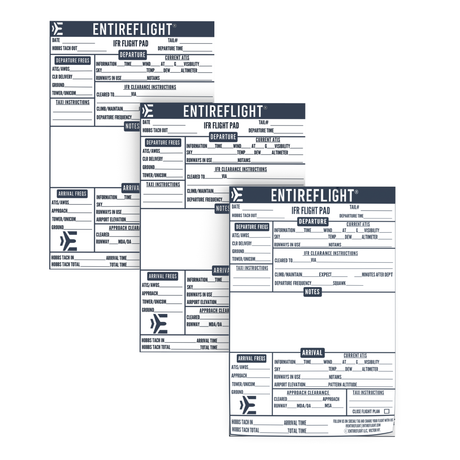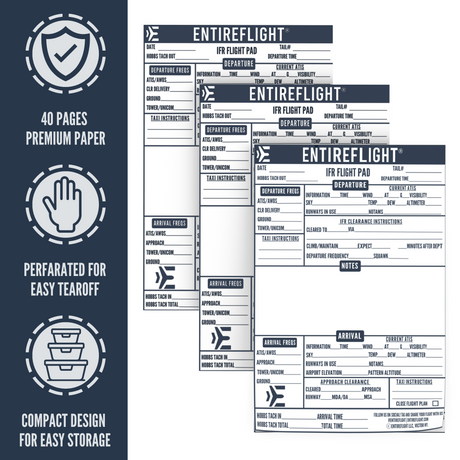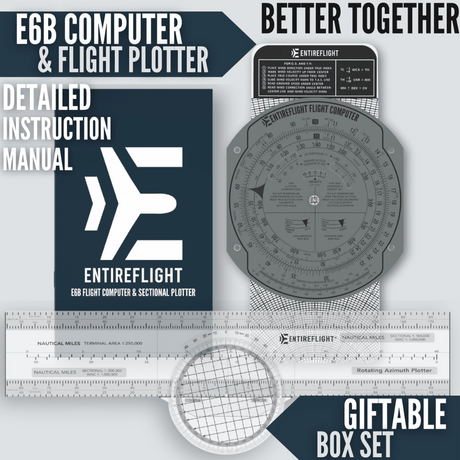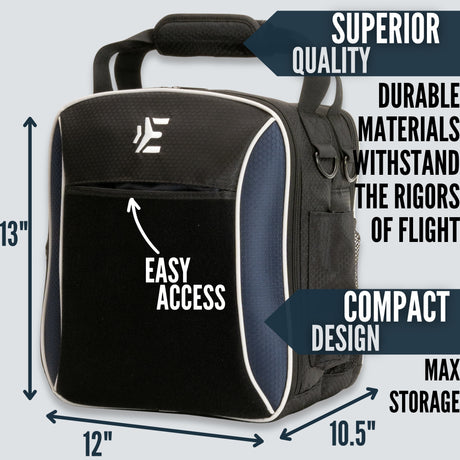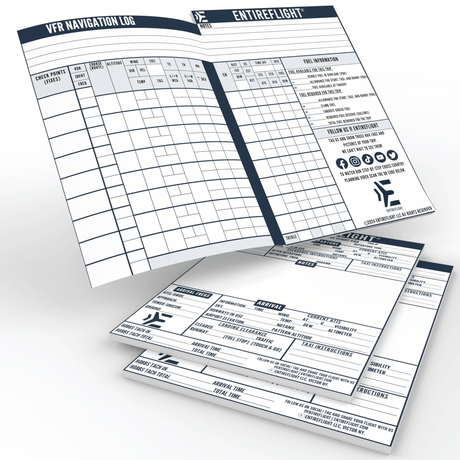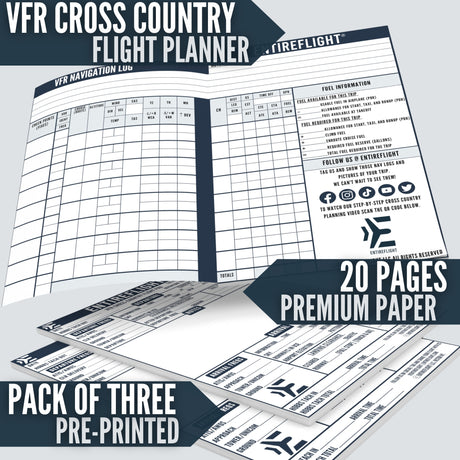When you board a plane, you might not think about how it's going to land. It's easy to take for granted that the pilot will safely guide the aircraft to the ground. However, landing a plane is a complex process that requires precision and skill. In this article, we'll explore how planes land and what goes into making a safe landing.
To begin, it's important to understand that landing a plane is not just a matter of pointing the nose downward and touching the wheels to the ground. Pilots must consider a variety of factors, including wind speed and direction, runway length and condition, and the weight and speed of the aircraft. They must also follow specific procedures and protocols to ensure a safe landing. We'll delve into these factors and procedures in more detail in the following sections.
Overall, understanding how planes land can give you a greater appreciation for the skill and expertise of pilots. It can also help ease any fears or anxieties you might have about flying. So let's take a closer look at the process of landing a plane and what it takes to do it safely.
Understanding Flight Mechanics
When a plane is in the air, it is subject to four main forces: lift, weight, thrust, and drag. Understanding these forces is key to understanding how planes land.
Role of Wings
The wings of a plane are designed to create lift. Lift is the force that keeps the plane in the air. The shape of the wings, as well as the speed of the plane, determines the amount of lift generated. When a plane is coming in for a landing, the pilot will adjust the angle of the wings to decrease lift and begin the descent.
Role of Engines
The engines of a plane provide thrust, which is the force that propels the plane forward. During landing, the pilot will reduce the amount of thrust to slow the plane down and prepare for touchdown. It is important for the pilot to maintain a certain speed during landing to ensure a safe touchdown.
In addition to lift and thrust, drag and weight also play a role in landing a plane. Drag is the force that opposes the motion of the plane, while weight is the force of gravity pulling the plane down. The pilot must balance these forces to ensure a smooth landing.
Overall, understanding the role of lift, thrust, drag, and weight is essential to understanding how planes land. By carefully controlling these forces, pilots are able to safely bring planes back to the ground.
The Landing Process
When a plane approaches its destination airport, the landing process begins. This process is broken down into three main phases: Approach, Touchdown, and Deceleration.
Approach
During the approach phase, the pilot begins to descend the plane towards the runway. The pilot must ensure that the plane is at the correct altitude, speed, and angle of descent. This is achieved by using a combination of instruments and visual cues, such as the runway lights and the plane's altimeter.
Touchdown
Once the plane is aligned with the runway, the pilot will begin the touchdown phase. The goal of this phase is to safely land the plane on the runway. The pilot will reduce the plane's speed and altitude until the wheels touch the ground. The touchdown phase is crucial as it determines whether the landing is successful or not.
Deceleration
After the wheels touch the ground, the pilot will engage the plane's brakes and reverse thrusters to slow down the plane. This is known as the deceleration phase. The pilot must carefully control the deceleration to ensure that the plane comes to a complete stop before reaching the end of the runway.
Factors Affecting Landing
When it comes to landing a plane, there are several factors that can affect the process. Here are the three main factors that pilots need to consider:
Weather Conditions
Weather conditions play a crucial role in the landing process. Pilots need to take into account the wind speed and direction, visibility, and precipitation. Crosswinds can make it difficult to maintain the correct approach angle, while low visibility can make it hard to see the runway. In extreme weather conditions, such as heavy rain or snow, pilots may need to divert to another airport or delay the landing.
Runway Length
The length of the runway is another important factor to consider when landing a plane. The longer the runway, the more time the pilot has to slow down and bring the plane to a stop. If the runway is too short, the pilot may need to use reverse thrust or brakes to slow down the plane, which can put a strain on the landing gear.
Weight of the Plane
The weight of the plane also affects the landing process. Heavier planes require more runway to come to a stop, and the pilot needs to adjust the approach speed accordingly. The weight of the plane also affects the angle of descent and the amount of lift needed to keep the plane in the air. In some cases, the pilot may need to dump fuel before landing to reduce the weight of the plane.
Safety Measures During Landing
When a plane lands, there are several safety measures that are put in place to ensure a smooth and safe landing. These measures include the use of landing gears and the role of air traffic control.
Use of Landing Gears
Landing gears are an essential part of the landing process. They are the wheels and struts that support the plane during takeoff and landing. The landing gears are designed to absorb the shock of landing and keep the plane stable during the landing process.
Before landing, the pilot will extend the landing gears to ensure that the plane is ready for a safe landing. Once the landing gears are extended, the pilot will lower the plane's speed and altitude to prepare for the landing.
Role of Air Traffic Control
Air traffic control plays a critical role in ensuring the safety of planes during landing. Air traffic controllers are responsible for directing planes to the correct runway and ensuring that they are at a safe altitude and speed.
During the landing process, air traffic controllers communicate with the pilot to provide guidance and ensure that the plane is on the correct approach path. They also monitor the weather conditions and runway conditions to ensure that the landing is safe.
In addition, air traffic controllers are responsible for coordinating with other planes in the area to ensure that there is no interference during the landing process.
Conclusion
You have now learned about the different stages of landing a plane. From the initial approach to touchdown, each step requires precision and careful attention from the pilot and air traffic control.
During the approach phase, the pilot must carefully adjust the plane's speed and altitude to align with the runway. Once the plane is in position, the pilot will initiate the landing sequence, which involves lowering the landing gear and reducing the plane's speed.
As the plane nears the runway, the pilot will use visual cues and instruments to maintain the correct descent rate and angle. The flare stage is critical, as the pilot must smoothly transition from the descent to a horizontal position just before touchdown.
Finally, the pilot will touch down and apply the brakes to bring the plane to a stop. The landing process is a complex and challenging task that requires skill, experience, and attention to detail.
Overall, landing a plane is a highly technical process that involves coordination between the pilot and air traffic control. By following established procedures and guidelines, pilots can safely and efficiently bring their planes to the ground.
Frequently Asked Questions
1 - What is the landing procedure for airplanes?
The landing procedure for airplanes involves several steps. First, the pilot will begin to descend the plane towards the runway. Then, the pilot will line up the plane with the runway and adjust the speed and altitude accordingly. Once the plane is lined up with the runway, the pilot will lower the landing gear and continue to descend towards the runway. Finally, the pilot will touch down on the runway and use the brakes to slow down the plane.
2 - What factors affect how planes land?
Several factors affect how planes land, including wind speed and direction, runway length and condition, weight of the plane, and visibility. Pilots must take all of these factors into account when landing a plane to ensure a safe landing.
3 - How do pilots use instruments to land planes?
Pilots use several instruments to help them land planes, including the altimeter, airspeed indicator, and vertical speed indicator. These instruments help the pilot determine the altitude, airspeed, and rate of descent of the plane, which are all critical factors in a safe landing.
4 - What are the safety measures taken during a plane landing?
Several safety measures are taken during a plane landing, including ensuring that the runway is clear of any obstacles, having emergency personnel on standby in case of an accident, and ensuring that the plane is properly maintained and inspected before the flight.
5 - How do pilots communicate during a landing?
Pilots communicate with each other and with air traffic control during a landing using a radio. This allows them to coordinate their movements and ensure that the landing is safe and efficient.
6 - What is the role of air traffic control during a plane landing?
Air traffic control plays a critical role in ensuring the safety of a plane landing. They communicate with the pilot to provide information about runway conditions, weather, and other factors that may affect the landing. They also coordinate the movements of other planes in the vicinity to ensure that there are no collisions.
